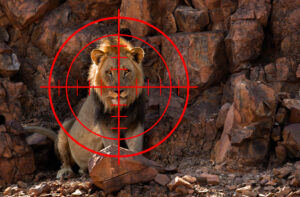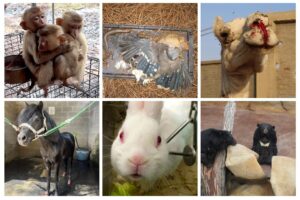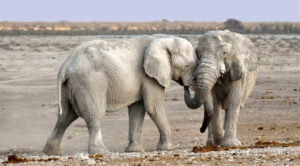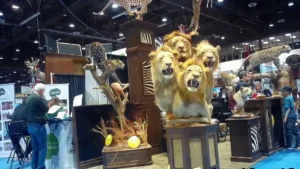The Lion’s Roar Fades: A Species Under Siege & A Call to Protect Our Planet’s Most Vulnerable
In an era defined by urgent environmental challenges, the concept of “Sustainable Action Now” is not merely a slogan, but a critical imperative. Our planet’s health hangs in the balance, threatened by human activities that deplete resources, degrade ecosystems, and endanger countless species. This report delves into the pressing issues demanding our immediate attention, from […]










